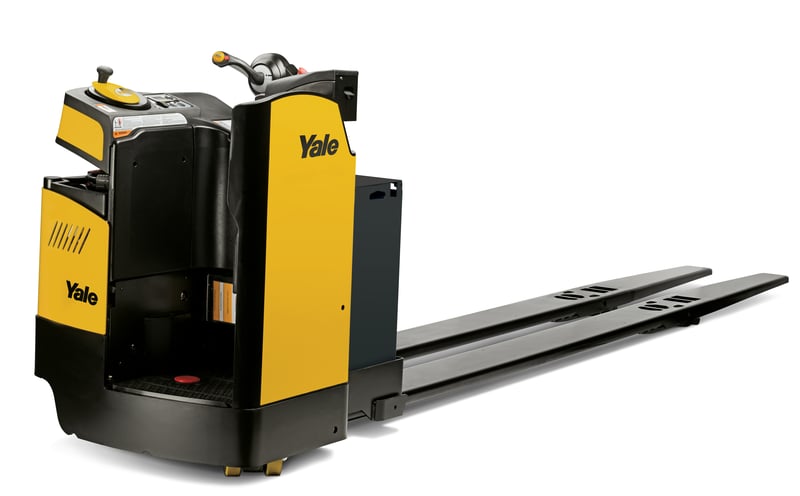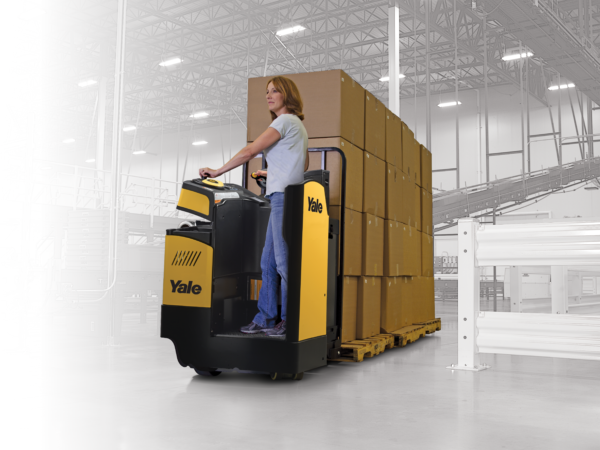
Yale prioritizes warehouse productivity with technology updates to enclosed end rider
Yale Materials Handling Corporation announces key technology updates to its enclosed end rider, designed to support ergonomics and lasting productivity in demanding high-throughput warehouse settings. An advanced operator sensing system and multi-function control handle join the enclosed end rider’s proven combination of a high load capacity, long, heavy-duty forks, and ergonomic features.
 “Demand is higher, margins are thinner and that leaves warehousing operations looking to get more from their equipment,” says Brad Long, Brand Manager, Yale Materials Handling Corporation. “The enclosed end rider is designed to give more – greater productivity, comfort, and value – to help make the most of scarce labor resources in the face of record volumes.”
“Demand is higher, margins are thinner and that leaves warehousing operations looking to get more from their equipment,” says Brad Long, Brand Manager, Yale Materials Handling Corporation. “The enclosed end rider is designed to give more – greater productivity, comfort, and value – to help make the most of scarce labor resources in the face of record volumes.”
The Yale® MPR080-MPR100VG enclosed end rider is engineered to move more pallets, more efficiently. While competitive models max out at an 8,000-pound capacity, the 10,000-pound capacity of the MPR100VG enables it to move up to 25% more product in one cycle. Longer, heavy-duty forks, 192 inches compared to a maximum of 144 inches on competitive models, allow for transportation of five single- or 10 double-stacked pallets, increasing throughput up to 20%.
The operator sensing system, now standard on the enclosed end rider, first debuted on Yale’s award-winning reach truck. To keep operators working efficiently, it uses optical sensors to detect operator presence, allowing them to adjust stance for comfort, rather than requiring them to stand in the same position on a pedal all shift long.
An offset main drive unit provides operators with more usable foot space and a more spacious compartment while the suspended floor system with rubber isolators helps reduce shock for a smoother ride. The multi-function control handle includes an adjustable armrest to further help employees find the best-fit operating position.
To help protect tight margins and keep operating costs low, the enclosed end rider prioritizes easy serviceability. Technicians do not need to lift the truck to access the drive tire, and access to the traction controller, drive motor, and hydraulics come via an easy-access door – no tools required.









